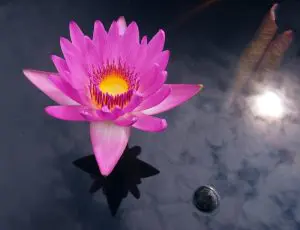Even if you don’t travel outside Hong Kong, your photos don’t have to be much the same, week after week, day after day after day. Shooting from the same spot, it’s possible to take highly contrasting photos, such as by heading out at different times of day, and making the most of varying weather. And nowadays, even the capabilities of smartphone cameras make it possible to take photos in conditions that formerly required fancy, expensive gear.
Photo basics in fine weather
Most photography is on fine, sunny days – which makes for good photos, but might require a bit more effort, and luck, if the images are to stand out from the crowded social media feeds.
Fine weather photography is relatively simple, with so much light there’s no need to worry about things like camera shake, and depth of field, which cameras can take care of automatically. Just point, click, and you have a photo.
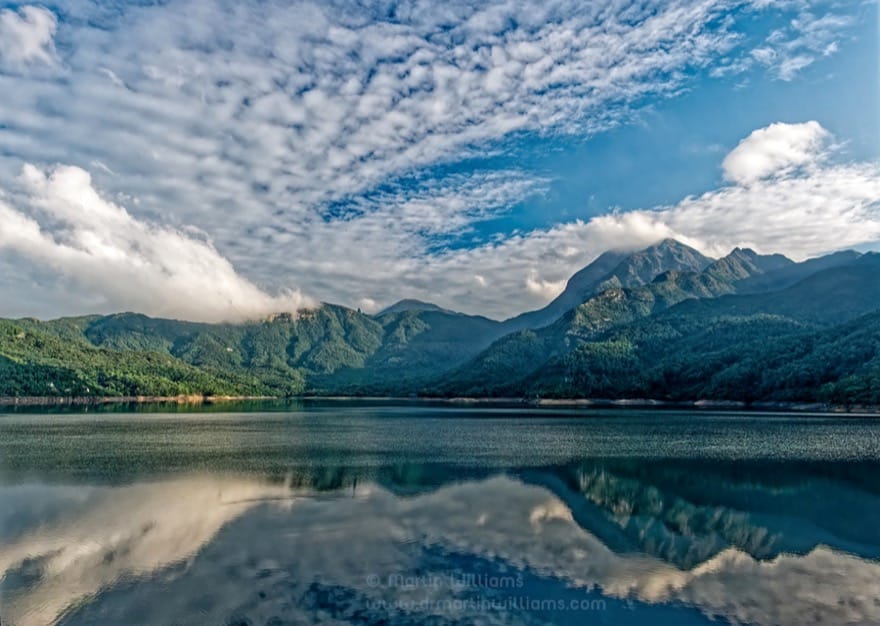
But whether you or anyone else will want to look at that photo depends on various factors, notably design – which involves the way it’s composed, along with the interplay between colours, light and dark areas, and so forth.
Whole books have been written on photography composition and design. And even if you don’t aspire to becoming a “fine art” photographer, having some awareness of the basics can elevate photos from being simple snapshots.

The first photo design tip I remember learning was the “rule of thirds”, which is a simplification of the Golden Ratio that’s long been inherent in painting, and helps create a more dynamic image than merely positioning the subject in the centre of the frame. For instance, when there’s a horizon in the scene, compose the shot so it’s a third of the way from the bottom of the frame. While if there’s a small point of interest, like a rock or distant person in a mostly featureless landscape, position it a third of the way from one side, and a third of the way from the top or bottom of the frame.
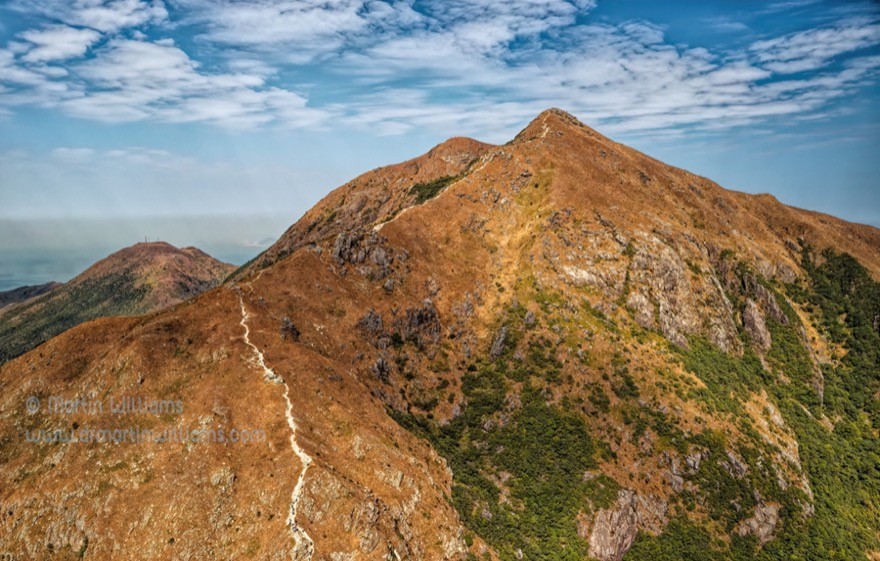
You can also make use of lines that will guide a viewer’s eye as they view the image, along with circles, triangles. With intense sun, watch too for patterns of light and shadows.
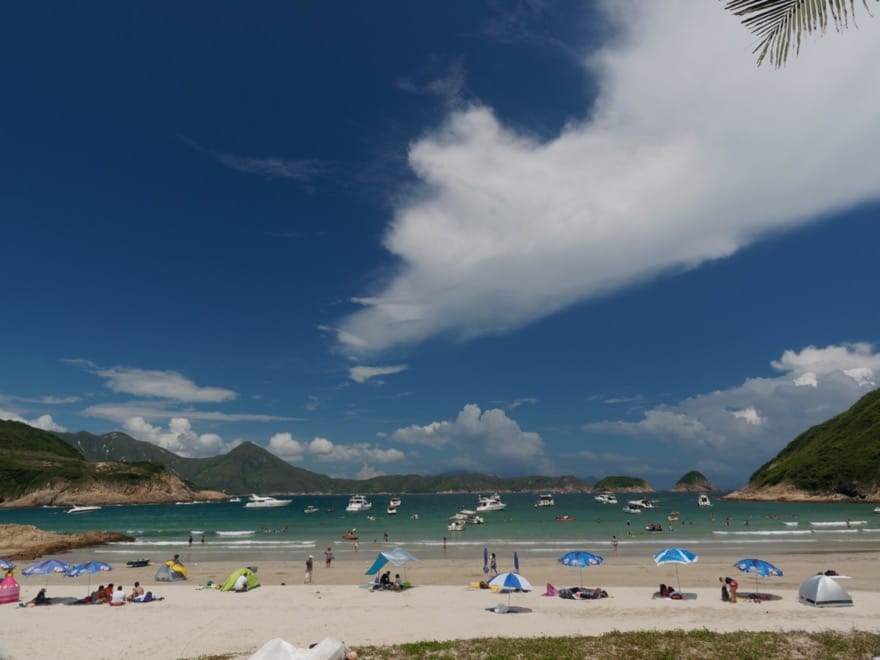
A polarising filter can be a boon on sunny days, to reduce glare from leaves and water, and sometimes turn parts of the sky intense blue.
Golden hour; sunrise and sunset
While you shouldn’t do photography by the rulebook, it’s worth noting that many landscape photographers rate the periods lasting from around an hour before sunset and after sunrise as the “golden hour” – when the sunlight is softer, yellower, and there are longer shadows, which can enhance images. It’s certainly well worth shooting at these times, but maybe not relying on golden hour – in Hong Kong, I’ve found clouds can appear and block the sun, while the air pollution typical of winter days made for duller, enfeebled lighting.
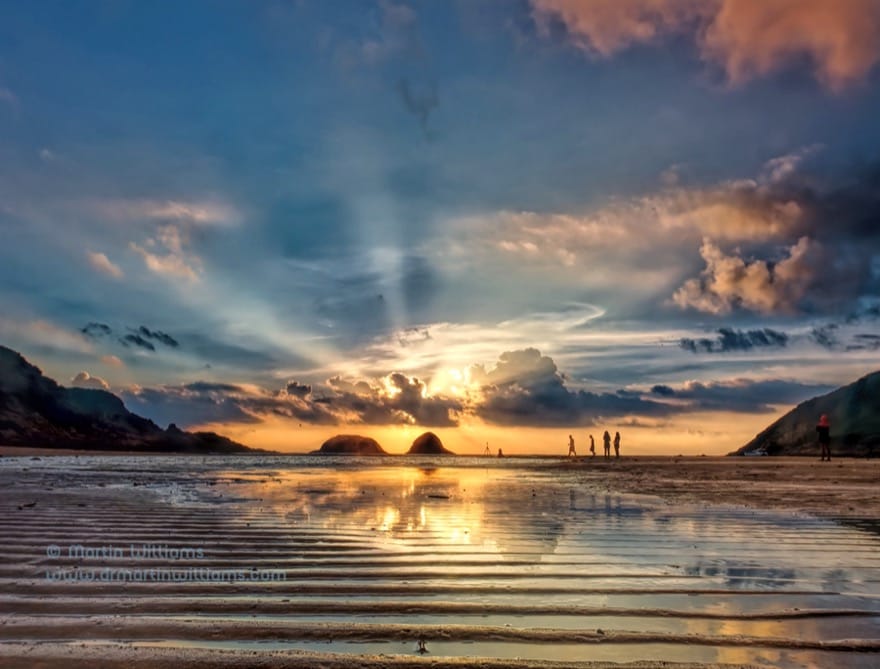
Of course, sunset can be hugely popular for photography (sunrise is at least as good, but not so many of us are up and about to take photos!). Ideally, there will be some clouds in the sky to add interest, and perhaps an expanse of water – like the sea – to reflect yellow shafts of light.
While I notice many people aiming to take shots just as the sun dips to the horizon, these don’t always make for the best sunset photos. That’s partly because the sun can remain so bright it overwhelms the rest of the image.
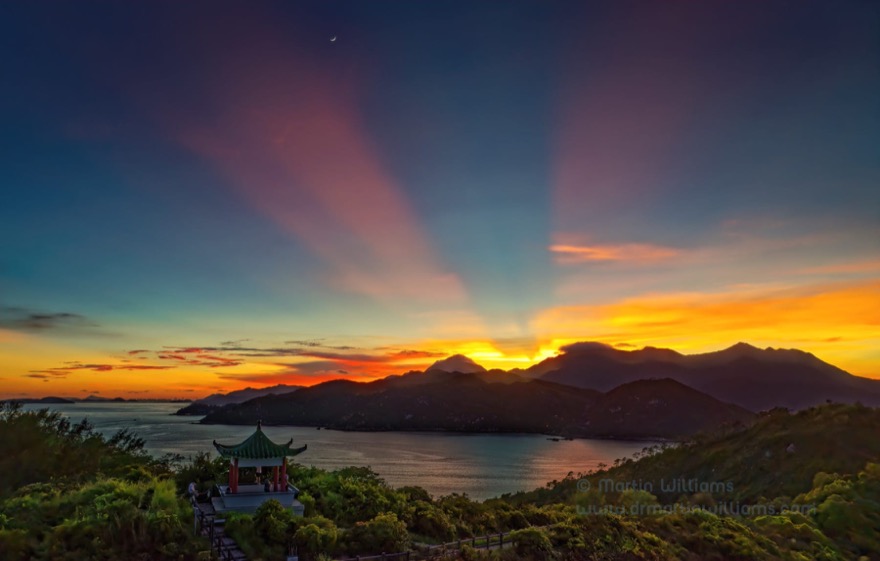
Once the sun is lost from sight, the overall lighting becomes more even, maybe with orange and ruddy glows lighting up the sky. Look around for clouds that are illuminated by the last of the daylight; along with the crepuscular rays that can radiate from the western horizon as the unseen sun is partly shaded by distant clouds or mountains.
Stormy weather
Photography isn’t just a fairweather pursuit. Rainstorms, thunderstorms and even tropical storms can afford chances to take dramatic photos.
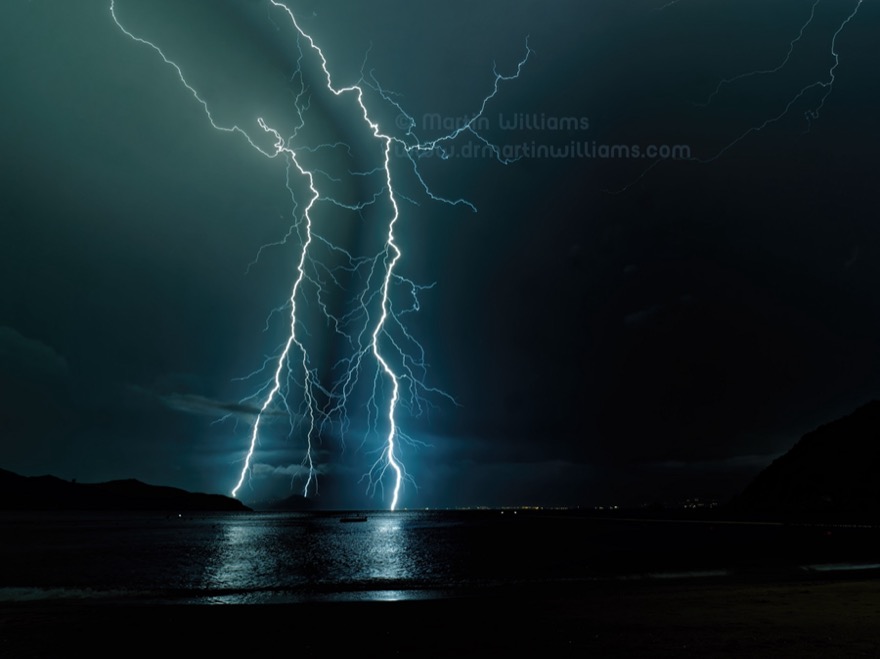
The MyObservatory app from the Hong Kong Observatory is invaluable in these cases, particularly as images show movements of rainstorms and thunderstorms, giving you a chance to predict their movememts and hopefully get into position for taking photos – with shelter nearby!
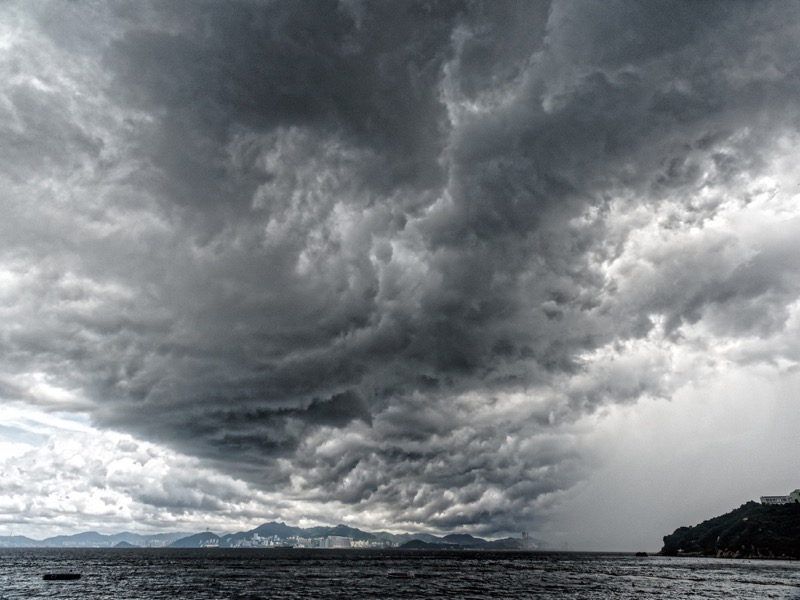
Rainstorm photos tend to be best just before they arrive, as ominous clouds darken part of the sky, sometimes recalling apocalyptic scifi movie scenes. To make your images even more dramatic images, try editing software, including the presets that can promptly change how an image looks without having to manually adjust contrast, tones, saturation and more. Once a rainstorm is upon you, you might find the actual deluge is more of a challenge to shoot, even from shelter.
In late afternoons, once showers have passed and the sun shines again, keep an eye out for rainbows – which are rare in Hong Kong, surely as the sun is usually too high in the sky. And if there has been a lot of rain, maybe it will soon be worth a trip to a waterfall.
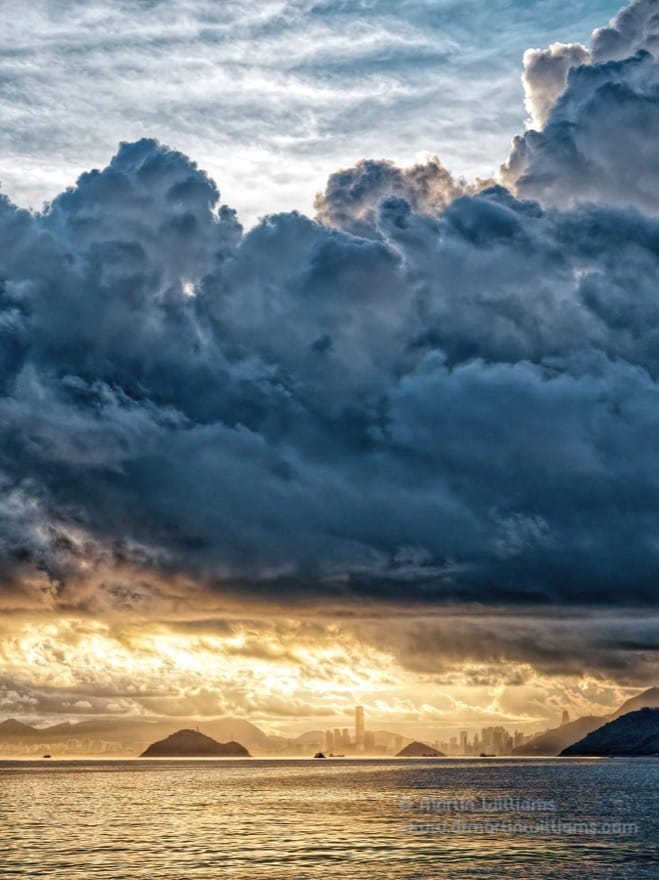
Of course, typhoons bring Hong Kong’s most extreme weather conditions, but while this means there is potential for taking remarkable photos, there is also danger, particularly with a direct hit. Moving around and taking shots is easier and safer when a typhoon is some distance away, and with the less intense tropical cyclones, with possibilities for photography including waves pounding coastlines and dark clouds looming over the city.







